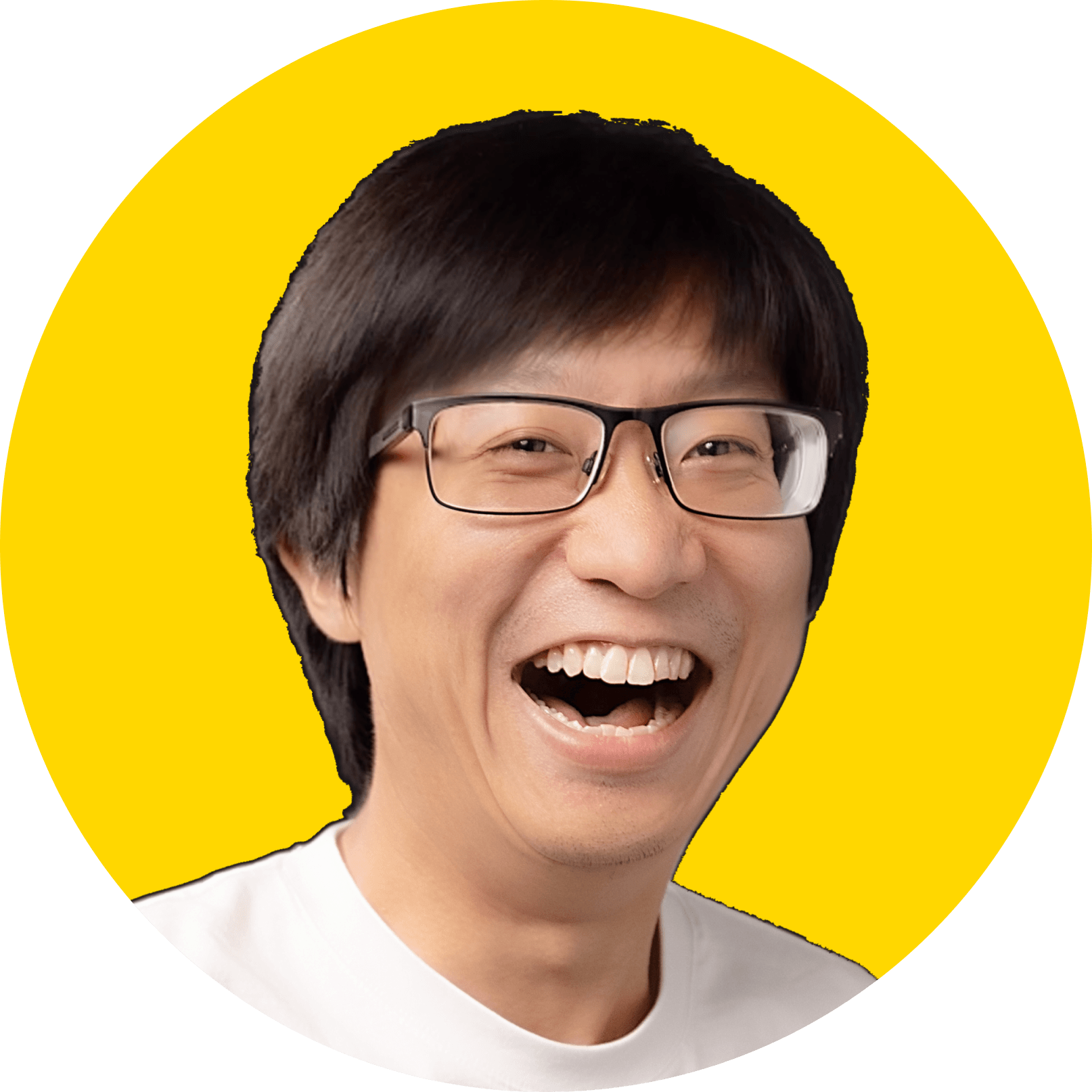Exploring the Virtual Exhibition Experience BALLAST: An Interview with Jeremiah Krage
Jeremiah Krage, the creative mind behind the virtual exhibition BALLAST, shares his journey and insights into the future of virtual exhibitions. This interview delves into his innovative approach, blending art and technology to create immersive digital experiences.
In this week's blog, we have the pleasure of interviewing the talented artist Jeremiah Krage, the creative force behind the groundbreaking virtual exhibition experience called BALLAST. Through this captivating interview, we dive deep into the world of virtual exhibitions and gain insights into Jeremiah's artistic journey and the inspiration behind his innovative creation, as well as how KIRI Engine helped to make them all possible with photogrammetry technologies.
Q: Thank you so much for letting us have this conversation, could you please let us know a little more about you?
A: Sure! I’m an artist with a background in performance. I have a very diverse skill set that is basically rooted in generating creative ideas and finding ways to communicate them in a practical way to audiences. So this means exploring different media to find the best vehicle for expressing the idea that I’m currently exploring. In the past, this has included live performances, immersive installations, sculpture, and even working as an aerialist.
Q: Congratulations on your latest virtual exhibition experience: BALLAST, what made you want to create an exhibition like this?
A: Thank you! Putting the exhibition together was a lot of fun.
BALLAST came from thinking about two questions:
1) As we become an increasingly digital and virtual-based species (spending more time on computers and in AR/VR/the metaverse), what impact does this have on our relationship to our own bodies? Are our bodies becoming a hindrance? Conversely, how does having a human body contribute to our ability to having meaningful experiences in virtual spaces?
2) How do you manage the insanely fast pace of tech innovation on a personal and cultural level? All these advances in blockchain/AI/VR can feel both extremely exciting and extremely overwhelming. How do we find balance in this vortex of innovation?
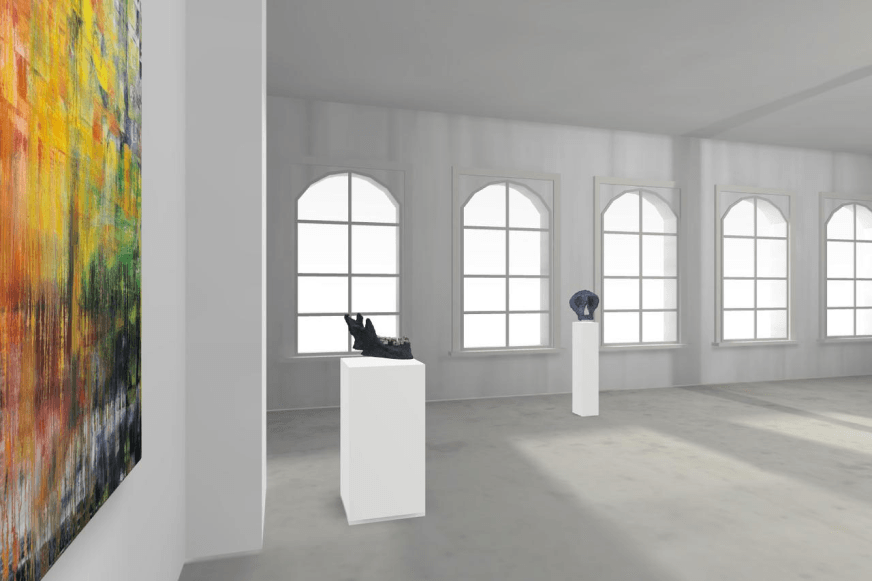 BALLAST gallery view
BALLAST gallery view
Q: When I first saw the exhibition, to me it was very philosophical and zen-like, the level of information you wanted to express was insane. If this was a person's first time seeing this exhibition how would you show him/her around so him/her could understand what you wanted to express?
A: First, thanks for sharing your response to the exhibition. People have had wonderfully different experiences from finding it ‘oddly disturbing’ to ‘beautiful, funny, and eerie all at once’. That’s the great thing about art – there is so much room for each of us to find something unique based on our own experiences, taste, and frames of reference.
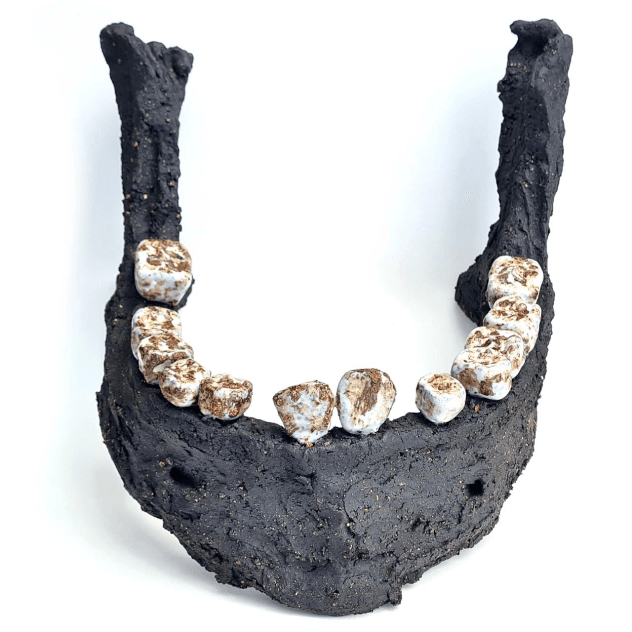
If I were to give a personal tour of the exhibition, I would start by asking the visitor what their own feelings were in response to the 2 questions I was exploring:
What is their relationship to their body in this context? Do they get annoyed at having to exit Fortnite so they can eat? If they didn’t have a body, and were just a consciousness uploaded to the cloud, what would they miss?
How stressful or exciting do they find the current pace of change in the world? What do they do to relax? To regain perspective?
I’d then share where I was coming from with some of the pieces. For example, I find the human body fascinating as an extraordinary piece of engineering and design. I particularly like jaw bones and skulls, as they are so immediately recognizable as humans. They are an artifact that immediately indicates human presence – be it here on earth, or at some point in the future, on other planets. Our bones may persist far longer than much of our technology or cultures.
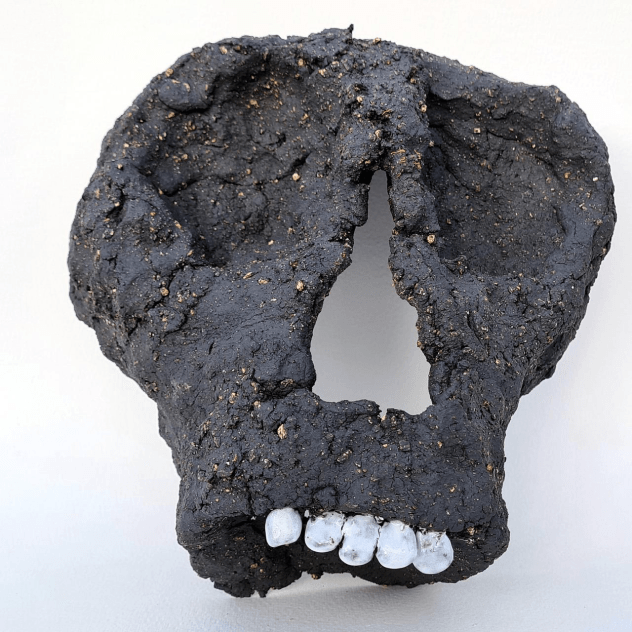
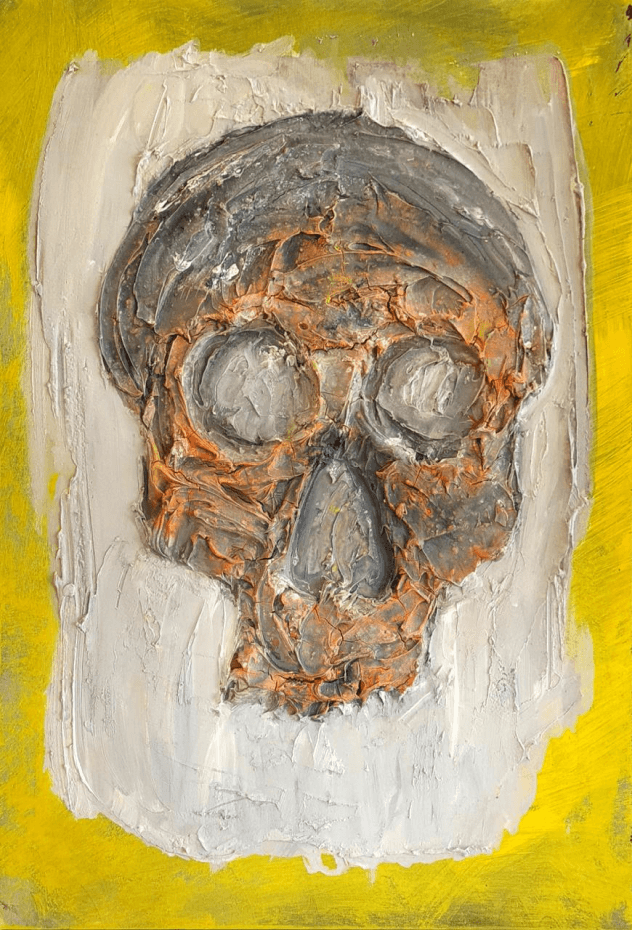
I find this helps me with maintaining perspective. As humans, we’ve been innovating and surviving for a very long time. We’re a creative and resourceful species. Whatever happens, I believe that we will figure things out. We’ll adapt and evolve.
There are also some abstract paintings. These are more personal explorations than the sculptures. With these, I was trying to capture my own responses to the questions. In essence, we’re all here for a short period of time, so as long as we’re engaging with the world and doing our best to make the most of this experience, then we’re contributing to the advancement of the species on some level.
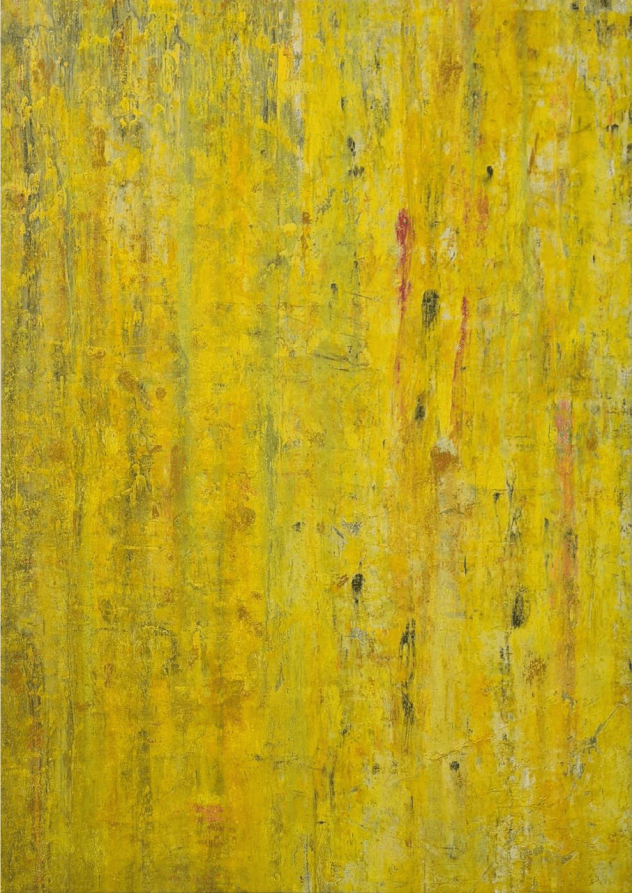
So to sum it all up, the exhibition is about how I think about creating balance, about finding meaning and purpose. The title is BALLAST, which by definition is heavyweight used to keep a ship upright and on an even keel. The artworks and thoughts behind them are a form of ballast that I use to help me stay afloat in the turbulent waters of progress.
Q: How did you discover KIRI Engine and how did KIRI Engine help in your workflow?
A: I wanted to be able to put the art in a virtual gallery, but the sculptures weren’t going to translate into a digital medium as 2D images. I wanted visitors to be able to spin them around, look underneath, and see all the textures.
I honestly wasn’t sure whether it was possible until a Google search led me to KIRI Engine. At that point, I had tried several other apps and was giving up hope. But the very first scan was AMAZING! I honestly couldn’t believe the quality it had captured. It gave me the confidence to go ahead with putting the exhibition together.
KIRI Engine was essential to the workflow. In fact, KIRI Engine WAS the workflow, as it handled virtually everything I needed. The scans were so good that little else was needed. I ended up making a few adjustments in Blender to reduce file sizes so the exhibition would load faster, but that was pretty much it.
And I know that you’ve been adding features including NeRFs for featureless (smooth) objects as well, so I’m looking forward to playing with those.
Q: What do you like the most about the KIRI Engine?
A: It just works. Straight out of the gate. And super intuitive. There’s a lot that goes into putting an exhibition together, and I needed a scanning tool that was quick, efficient, reliable and that wouldn’t take a lot of time to learn how to use. KIRI Engine ticked every single box. The free version is incredible, as it generates exceptional scans and demonstrates all the power and utility of the app. This was important to me, as I didn’t want to commit to an app to later find that it couldn’t handle some of my other requirements.
And the support on Discord is fantastic. You’ve got a great community, and I was impressed by how engaged the team is in asking for, listening to, and then actioning feedback.
Q: Is there anything else you'd like us to know?
A: Someone might be wondering why all the artworks are physical pieces (ceramic sculptures and paintings) in a virtual gallery. Personally, I believe that physical objects will become increasingly important and valued as we transition into spending more time in virtual spaces.
As long as we have our human bodies, we will need to ‘unplug’ and engage with IRL. And when we do, we will want to surround ourselves with objects that are meaningful and aesthetically pleasing.
To learn about Jeremiah's BALLAST, visit his website: https://jeremiahkrage.com/ballast-exhibition/




